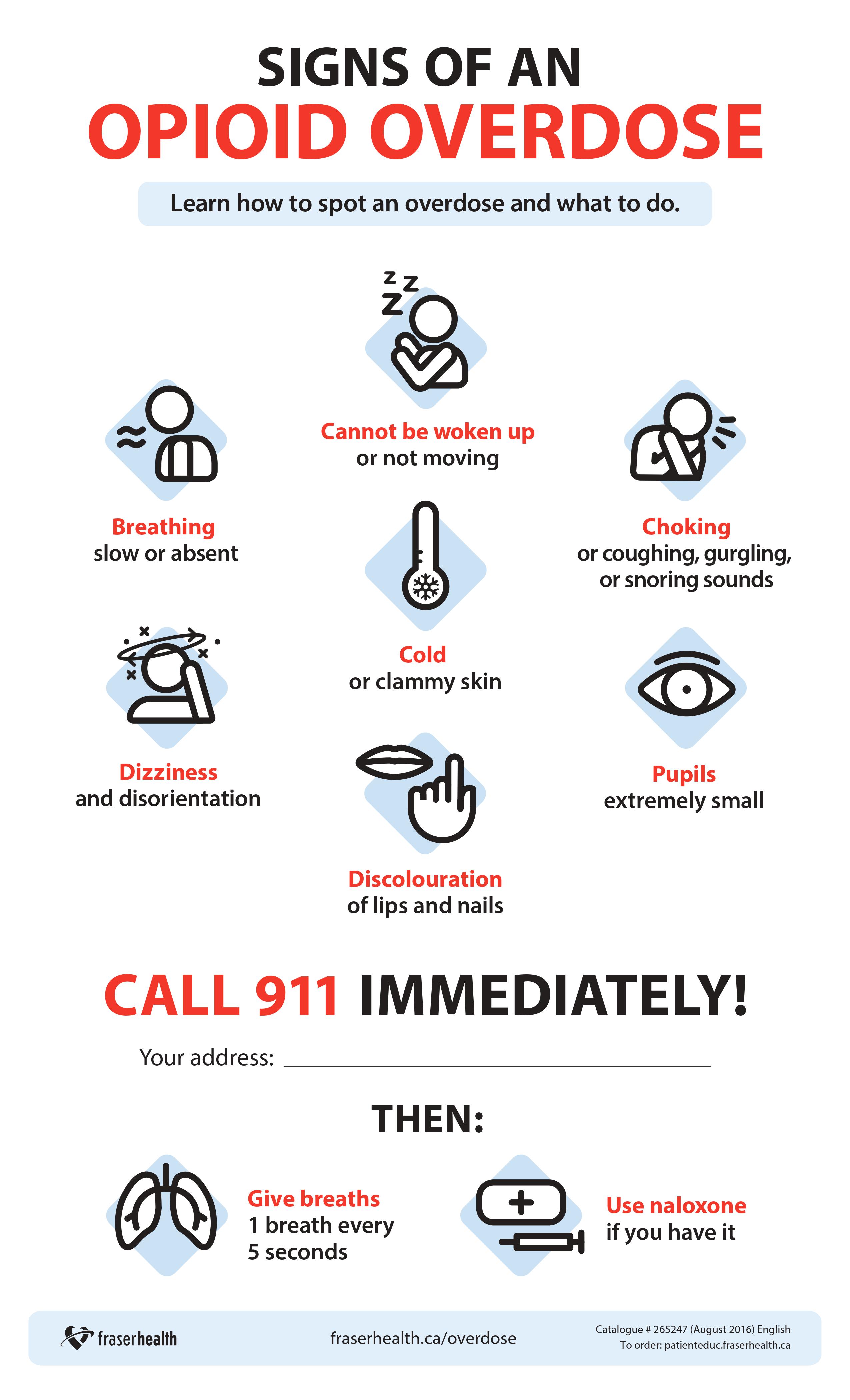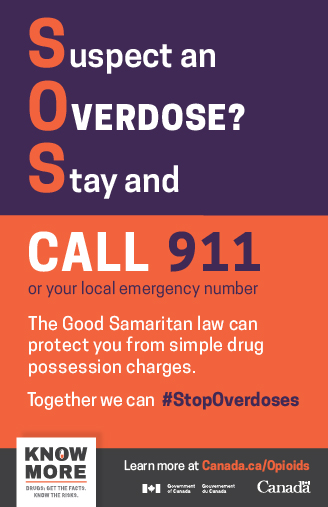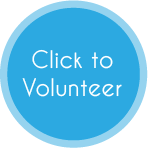Substance Use Services Blog Series: Preventing Overdose Deaths Part 1
June 24, 2020

The previous two posts were part of a three-post series addressing stigma. We will finish that series next week, after using this week post to talk about overdose. There will be two separate posts this week to cover information, resources, and strategies to prevent overdose deaths. They are meant to be useful to both people who use substances and those who interact with people who use substances.
This post reviews:
- What is an overdose?
- Legal rights when calling for help in an overdose situation
The second post reviews:
- Strategies to prevent death and disability from overdose
- The Lifeguard app
- Naloxone kits
- Life saving breaths
- Other planning
- Engaging people you care about in overdose prevention planning
Click here to go to the second post.
- What is an overdose?
“An overdose is when the body is overwhelmed by exposure to a toxic amount of a substance or combination of substances. The body becomes unable to maintain or monitor functions necessary for life, like breathing, heart rate, and body temperature regulation”[1].
Because the body’s automatic systems are severely strained during an overdose, even if the person who overdoses survives there may be long-term damage to their organs, including permanent brain damage.
The symptoms of an overdose leading up to unconsciousness differ significantly depending on whether the person has taken drugs categorized as stimulants (aka uppers) or depressants (aka downers). Fraser Health gives information on the different kinds of overdose here.
The following infographic from towardstheheart.com reviews the signs of a stimulant overdose and further down in the blog you will find two more infographics with the information on opioid and alcohol overdose. Opioids and alcohol are both classified as depressants, but the signs and best ways to respond are somewhat different. For example, alcohol does not respond to naloxone.
Familiarizing yourself with the signs of these different overdose symptoms will help you know when to call for help before someone becomes unconscious.
Be aware that stimulant and depressant drugs can be mixed into the same powder, pill, or liquid.
If substances have been mixed there maybe a confusing combination of the signs of stimulant and depressant overdose.
- Legal rights when calling for help in an overdose situation
The 2017 Good Samaritan Drug Overdose Act decreed that you cannot be charged for possession if you try to help at an overdose scene
In 2017 the Canadian government realized that emergency services were not being called to some potential overdose situations because the only people available to call were also using substances and feared potentially facing criminal charges when emergency personal arrived. To remove this barrier, the national Good Samaritan Drug Overdose Act was passed into law in May of that year.
This act protects any person who gives emergency help during an overdose from charges of:
- possession of a controlled substance
- breach of conditions regarding simple possession of controlled substances.
The protection extends to the person who is overdosing.
However, the act does not provide legal protection against other crimes such as outstanding warrants or production and trafficking of controlled substances charges.
Be on the lookout for Thursday’s blog post Preventing Overdose Deaths Part 2, where we cover:
- Strategies to prevent death and disability from overdose
- The Lifeguard app
- Naloxone kits
- Life saving breaths
- Other planning
- Engaging people you care about in overdose prevention planning











